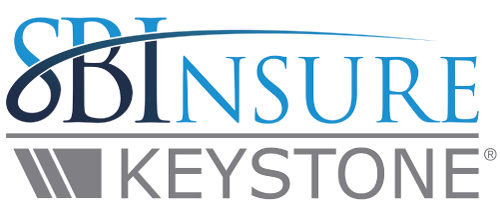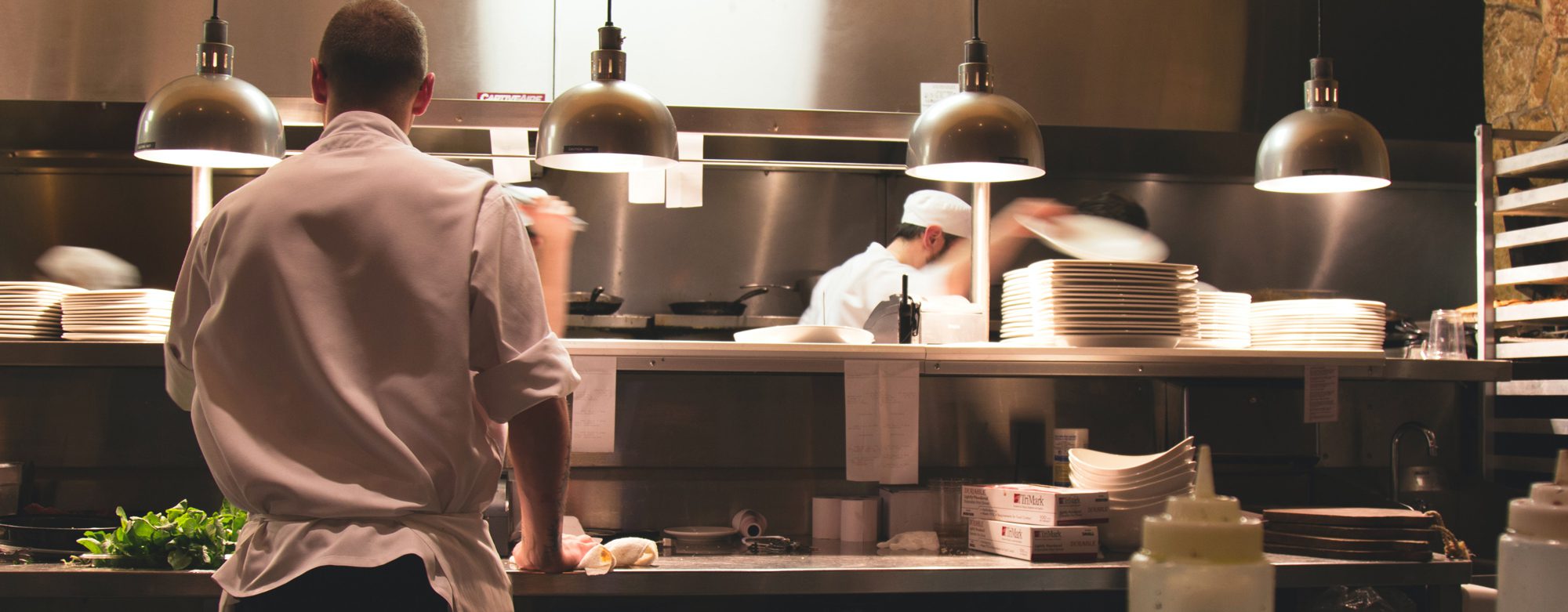Restaurants, under normal circumstances, bring everyone together for lunch meetings, dinner dates, and to celebrate birthdays, anniversaries and promotions. If you’re like me with a busy family, a local restaurant is also the answer to the question “What’s for dinner?” a couple times a week. Name any occasion, and chances are your favorite restaurant will be involved.
Now, typical dine-in restaurants are restricted to take-out or delivery services in Missouri, and many of them have started delivering or are considering it. The resilient nature required of a restaurant owner to switch gears on the fly and provide a valuable service to their community is to be commended. However, what we don’t want is to see you switch gears and deliver into an uncovered claim.
These are the top five things to consider before you start delivering.
Confirm the delivering employee has a personal auto insurance policy and a clear Motor Vehicle Record (MVR)
First, confirm your employee has their own auto insurance that covers them for delivery purposes. Recommended liability limits are $100,000/$300,000/$100,000.
The next step is reaching out to your agent to see if they assist with running Motor Vehicle Records (MVRs). If the employee has a clear MVR, meaning there are no significant/consistent driving violations and their license isn’t suspended, you can add them as a driver to your policy (keep in mind that your agent will only be able to tell you if they are insurable or not insurable and won’t be able to share any of the details from the MVR).
The reason to check these two items is that an employee’s personal insurance policy will act as the “primary” coverage. Meaning, if an employee were in an accident, their auto policy would be the first line of defense to cover any damages or bodily injury.
*If the employee’s vehicle is damaged, their own policy will need to have comprehensive and collision to be covered. If the employee is injured in the accident, your workers compensation policy would respond.
Hired/Non-owned Liability Endorsement
Ideally, you’d like for a company-owned vehicle to be used for delivery, but let’s face it… this is the real world! Non-owned liability is exactly what it sounds like: liability for a vehicle not owned by you, with an ideal limit of $1,000,000. This endorsement is typically added to a commercial auto policy; if you don’t have that it can be endorsed on your general liability policy.
We already learned that the employee’s personal auto insurance is the “primary” coverage. Non-owned liability is the “excess” coverage or second line of defense. Meaning, if the employee’s personal auto liability limits aren’t enough to cover the cost of the accident, your restaurant’s non-owned liability would be on the hook for the remainder of the cost. (do I need to include an example)
For example: if the claim totaled $400,000 in bodily injury and $150,000 in physical damage, your non-owned liability policy would cover $100,000 for the “excess” bodily injury, and $50,000 for the “excess” for the physical damage totaling $150,000.
Employees as Insureds Endorsement
The employees as insureds endorsement is typically found in a bells & whistles endorsement on an auto policy. This endorsement serves the purpose of preventing your insurance carrier subrogating or recouping any costs they incurred back from your employee because of an accident they caused. In our claims example, this would be the $150,000 in excess not covered by the employee’s auto policy.
Implement a distracted driving policy
The purpose of a distracted driving policy is to list out what an employee shouldn’t be doing while driving, and the consequences of what will happen if they do. In today’s world, this could include staying off the phone – no texting, surfing the web, or watching YouTube videos, for example. Hopefully, the last two are extreme, but we know it happens. If an employee does need to return a call or update the GPS to find an address, they should pull over to a safe place like a gas station or parking lot. There’s a great chance your agent or insurance carrier has a template that you can implement at no additional cost.
Don’t guarantee delivery times and maintain a certain radius
“30 minutes, or it’s free” is by far the most memorable ad campaign slogan used by Domino’s Pizza, and it’s still associated with them to this day. However, unless you have the deep pockets to cover some of , we urge you to stay away from guaranteeing a delivery time.
You’ll also want to consider a radius for delivery around your restaurant, whether it’s 10 minutes driving time or up to five miles. The further out you deliver, the more exposure you open yourself to. These policies work hand-in-hand to eliminate pressure that might cause employees to drive recklessly in order to deliver your favorite diner’s meal.
These are just a few of the recommendations to keep in mind before beginning delivery service. Some of these items may be provided by your carrier at no cost simply because you’re an insured or a client. Others may be more affordable than you think.
We’re looking forward to having a sit-down meal at your restaurant when these restrictions are lifted, and taking these recommended steps will ensure we can. If you have questions about these recommendations, or need a policy review to make sure you’re properly covered, call us today or fill out the form below – we’ll make sure you have the protection you need.

